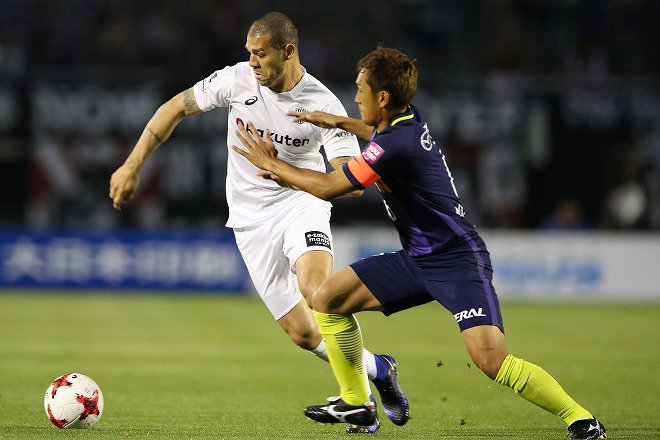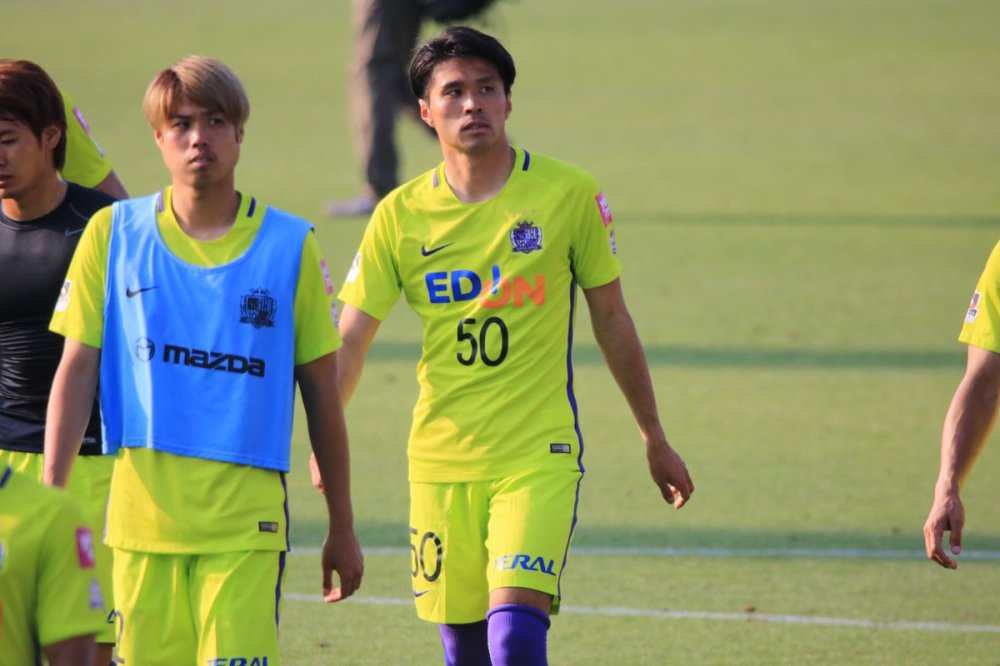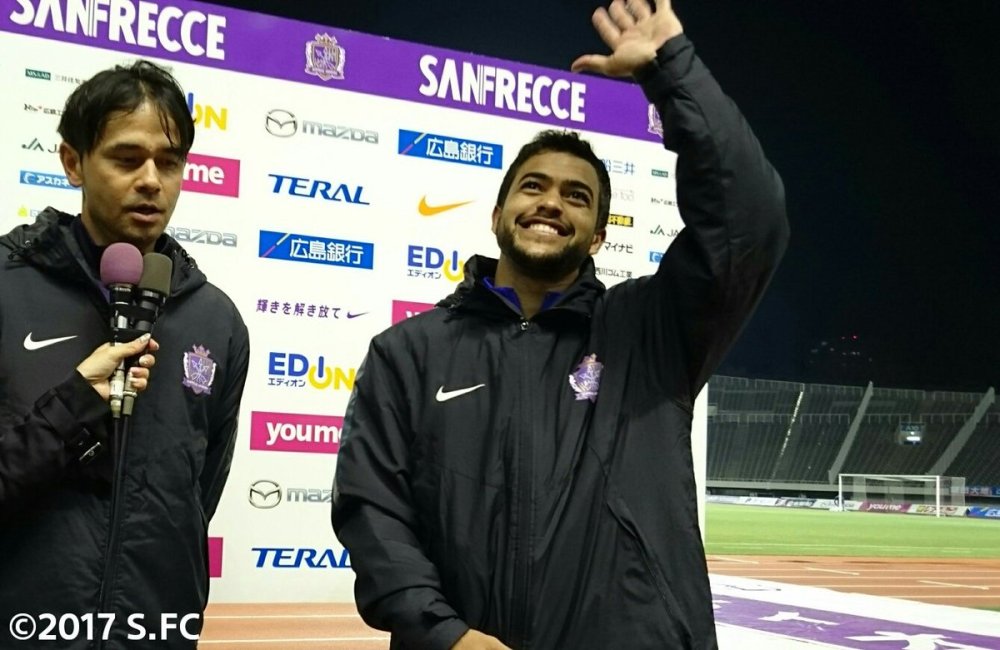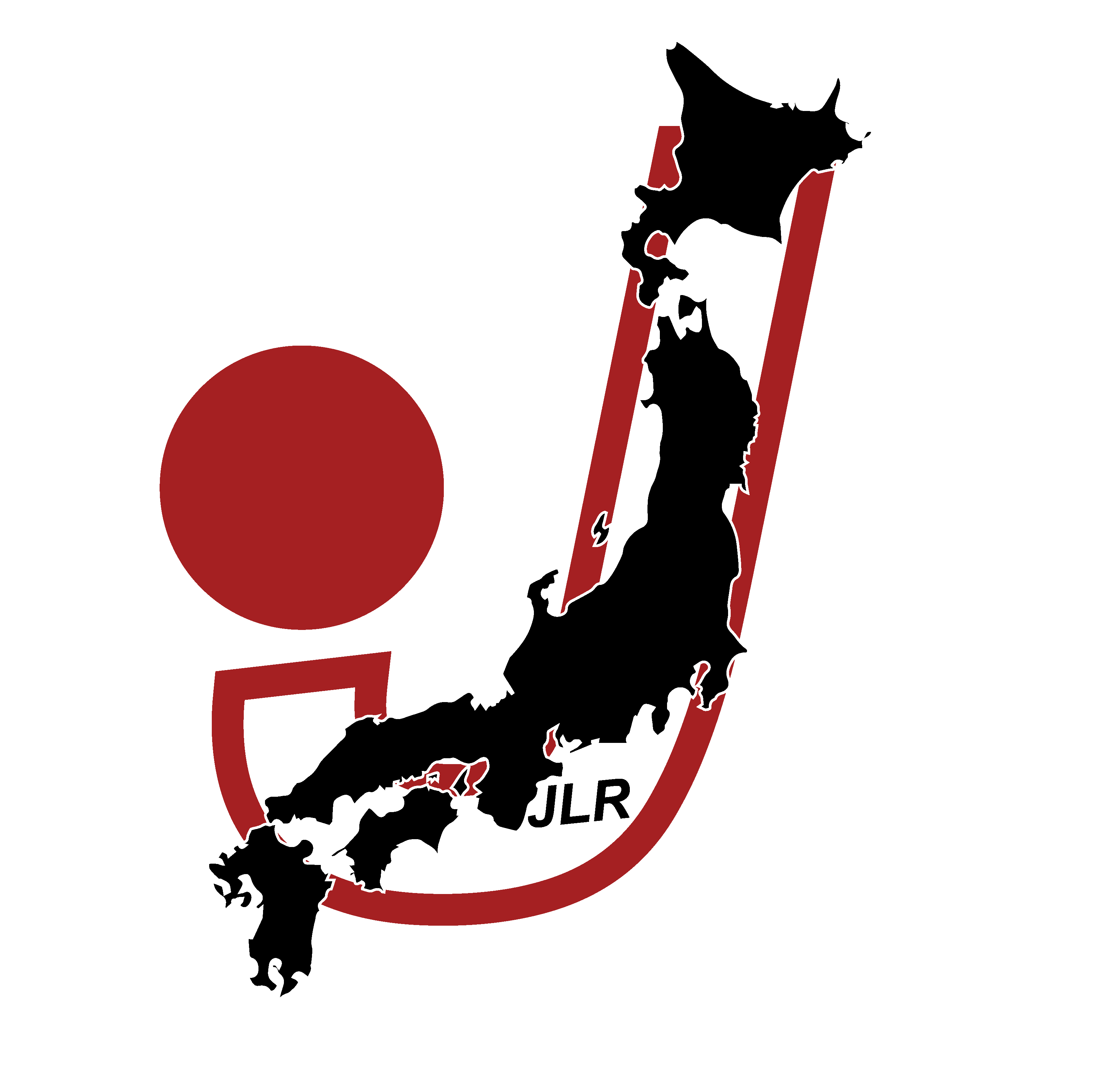With the emphasis on “state” – because that is what Sanfrecce Hiroshima are in. Currently in the bottom three with just two wins from their thirteen games so far, this is a pale imitation of the purple clad teams of the past decade. So what is going on? Is it just cyclical? Were we wrong to assume that Sanfrecce would continue to be a J.League powerhouse? Or are there more succinct reasons lying under the surface?
To try and answer these questions, I turned to Football Radar‘s Sam Robson. He watched Sanfrecce about as closely as anyone, and here’s what he had to say on the purple archers.
1. This season has gone south quicker than most J.League watchers would have thought. What is the deal with Sanfrecce this year?
When I looked at Sanfrecce at the start of the season, I had them down as finishing 8th in my own personal predicted league table. They looked to have regressed further from a team which failed to maintain any sort of title push last season. I cannot say though that I saw them in the relegation zone thirteen games into the season. Hiroshima’s issues appear to be threefold: A continued reliance on the old-guard, a failure to replace key departures, and a frustrating tactical rigidity. Of the regular side which clinched the title in 2015, nine make up the regular team from this season, and that has to be an issue, especially when Mihael Mikic for example is now 37, Kazuyuki Morisaki is 36 and plenty of others are in and around the 30 year mark, with the likes of Shiotani and Aoyama especially in the midst of an extended period of poor form. There is a stale feel to this Hiroshima side, in desperate need of an injection of youth. Of that squad which won in 2015, three names leap out, Douglas, Sato and Asano. Not one of those has been adequately replaced. Douglas himself was shoe-horned into an attacking midfield role, but it worked for Hiroshima as he played a huge role in that 2015 victory. In his place Moriyasu first tried Asano and Utaka, before moving to Anderson Lopes and Felipe Silva. Neither of the two Brazilians have worked, and that is in part due to poor scouting. Both were used essentially as wingers during their time in Brazil and therefore do not fit the role set out in Moriyasu’s 3-6-1 formation, and neither have been molded effectively enough to thrive in that position. Up front, Sato moving on appeared to be the start of Hiroshima looking towards a new generation, though Asano moved to Europe perhaps a little quicker than expected. Peter Utaka took up the mantle and was top-scorer last season. Failure to keep Utaka at Sanfrecce is another key reason for this season’s failings.

Captain Toshihiro Aoyama battles for possession against Vissel Kobe
2. For a team that has been so pleasing on the eye in the last few years, their goal tally (an anaemic 11 in 13 games at the time of writing) is worrying. What is the difference between this attacking unit and ones on years past?
Despite the frankly appalling goal tally after thirteen games (Only Omiya 7, and Albirex and Kofu 10, have worse records) Sanfrecce have for the most part played something close to their typical style of football and have created chances, unfortunately though their attack has been particularly blunt. To replace Utaka, Hiroshima picked up former Kashiwa striker Masato Kudo from Vancouver in what appeared initially as an astute piece of business, especially after a fine run in pre-season. Any confidence however that pre-season may have given him, was quickly eroded as he missed chance after chance, managing just 3 goals so far this campaign which has led to him being dropped in the last two games in favour of Yusuke Minagawa.

In years gone by Sanfrecce had Hisato Sato up front, and in his later years he too did not deliver too much in terms of goals, but had dynamism behind him in the forms of Douglas or Asano alongside Shibasaki. Douglas and Asano added a pace and power to the Sanfrecce attack, they were always willing to get beyond the striker and looking to make something happen themselves or to provide an extra option to wide-players Kashiwa and Mikic. Anderson Lopes, and new signing for this season Felipe Silva, do not have these qualities. Both are too ponderous in possession, neither seems to possess a turn of pace to get away from a defender, nor to make themselves a yard of space, and like Kudo are profligate in front of goal (Anderson Lopes with 2 goals, Felipe Silva yet to score). Previously Sanfrecce would have looked to operate with essentially a front three when attacking, but too often this season, the main striker has found himself isolated.
3. Who are the young players coming through that Hiroshima can pin their hopes on?
This is a good question, and another problem for Hiroshima. There is a real limit to the young talent on offer at the club. The likes of Yusuke Chajima and Gakuto Notsuda should have blossomed by now, Chajima remains on the periphery, while Notsuda has embarked on a couple of fairly uninspiring loan spells. Two players though, when given an opportunity this season, have impressed. Hiroshima suffered an awful injury crisis at the start of the season which allowed twenty year old Tsukasa Morishima a spell in the starting line-up, making a couple of starts. He showed a confidence in possession strangely lacking in his team-mates in the opening two games against Niigata and Shimizu, and for me was arguably Sanfrecce’s best player in these two games. Sadly once Aoyama and Shibasaki recovered, Morishima was ushered back out of the XI and has had to make do with the occasional substitute appearance and Levain Cup ties, before injury prevented him joining up with the Japan U20 side at the World Cup in Korea. Soya Takahashi is another example. He got his chance after an injury to Mikic and looked promising on the right hand side, but as soon as Mikic recovered, he was straight back out of the line-up. If I was a young player at Hiroshima, I’d be fairly dispirited at this, as no matter how well they perform, Moriyasu always seems to go back to the more established players.
4. How much of the blame for Sanfrecce’s struggles this year should be laid at the door of manager Hajime Moriyasu and how much should be thrown at the feet of those in the boardroom that clearly haven’t shown the necessary zeal in spending good money to replace the aging core of the vintage side of four or five years ago?
This is difficult to answer conclusively without knowing the goings on inside the club, but it is clear that not enough has been done to refresh this side. It is my understanding that Utaka was available for Sanfrecce for this season, but Moriyasu did not feel he offered enough in the build-up of attacks. The board would have set aside a decent amount of money to attract Kudo back from the MLS, and Felipe Silva had the potential to be a decent signing, so unless Moriyasu has stated that he needed a major overhaul, I’m not sure too much blame can be attached to the board.
What I can judge is the performance of the manager with the tools at his disposal. Moriyasu has had great success with this side and this system, but his lack of plan B is worrying. Every team that steps up to face Sanfrecce knows exactly what they will be faced with. Sanfrecce are far too tactically rigid, it is 3-6-1, that’s it, and with the players used in this system not up to the high standards of a few years ago, they do not have the same potency. Despite failing to get results, the only changes that Moriyasu has employed is replacing Kudo with Minagawa and Chiba with Nogami. Both are like for like switches and have not improved the standard of football whatsoever, they have managed a scrappy victory over Kofu and a bore draw with Jubilo, but nothing close to the standard expected by supporters.
Aside from the manager and board, the players too have to accept responsibility. Since his MVP award for the 2015 season, Toshihiro Aoyama has not got close to that form, while the likes of Hayashi, Shiotani, Chiba and Mizumoto, the real backbone of the team have gone missing when their leadership would have been vital in pulling Hiroshima through some difficult results.

5. What is a successful season from here on out for Hiroshima?
There is still plenty of football to be played this season and Sanfrecce have plenty of time to pull away from any potential relegation issues, and I do not expect them to be in any trouble come the end of the season. An upper mid-table place should be the aim and that combined with a good run in the Emperor’s Cup or even the Levain Cup, should Hiroshima emerge from their group, would ensure a modicum of success for the season. A move in personnel towards a more youthful look would also be a requirement as the season goes on with the transition to the next generation having to begin sooner rather than later
Big thanks to Sam for these answers, and for being patient with me while I was stuck in an airport! If you don’t already, you should follow Sam at @FRSoccerSam as he does an heroic task of live blogging multiple games per weekend, so he knows what he’s talking about. Thanks again Sam!
Note: all photos in the article come from Sanfrecce’s website/twitter
